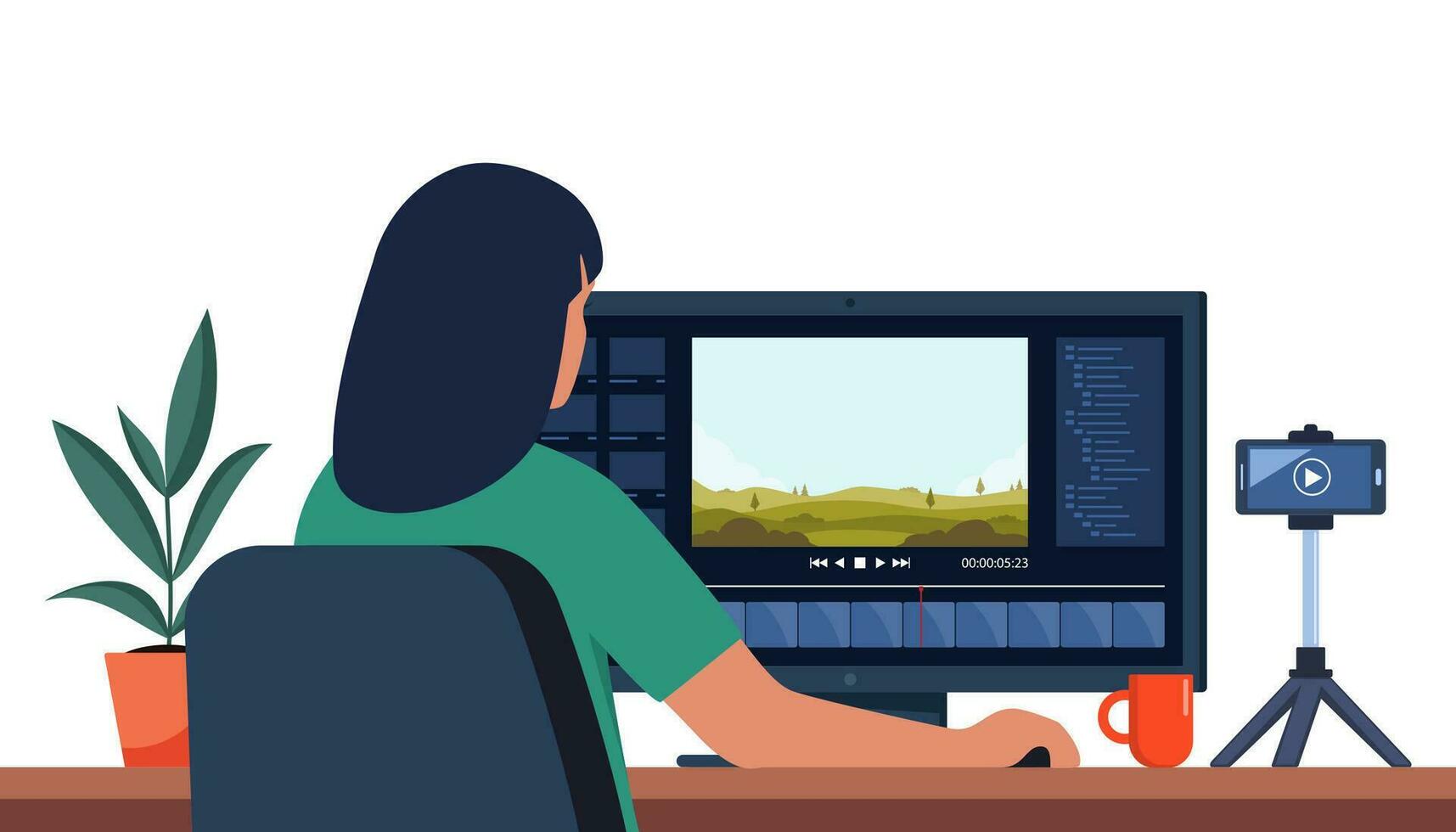Promoting your blog can be the difference between having a handful of readers and building a thriving online community. From understanding your audience to mastering on-page and off-page SEO, leveraging social media, and utilizing email marketing, you’ll learn actionable steps to drive traffic and engagement. Whether you’re a beginner or looking to refine your approach, these insights will help you navigate the complex world of blog promotion with confidence and effectiveness.
Table of Contents
Understand Your Audience
When it comes to promoting your blog, the first and most crucial step is understanding your audience. Knowing who you’re writing for will guide every aspect of your content and promotion strategy.
Identify Your Target Audience
The first step in understanding your audience is figuring out who they are. Think about the demographics: Are your readers primarily young adults, middle-aged professionals, or retirees? Consider their interests: What topics do they care about? What kind of content are they looking for?
Understanding the pain points of your audience is also essential. What problems are they trying to solve? What questions are they looking to answer? By pinpointing these details, you can tailor your content to meet their needs and interests.
Imagine you run a fitness blog. If your target audience consists of busy professionals, their primary pain points might be finding time to exercise and managing stress. In contrast, a younger audience might be more interested in trendy workouts and nutrition tips. Knowing these details helps you create content that resonates with them and keeps them coming back for more.
Create Audience Personas
Once you have a general idea of who your audience is, the next step is to create audience personas. These are detailed profiles that represent your ideal readers. Think of them as fictional characters based on real data and insights about your audience.
Start by giving your personas names, ages, jobs, and other personal details. Describe their interests, challenges, and goals. There are several tools available to help you create these personas, such as HubSpot’s Make My Persona tool or Xtensio’s User Persona Creator. These tools provide templates and prompts to help you think through all the important aspects of your personas.

For example, you might create a persona named “Busy Brenda,” a 35-year-old marketing manager who struggles to find time for exercise and is looking for quick, effective workouts.
Another persona could be “Health-Conscious Harry,” a 25-year-old who is always on the lookout for the latest fitness trends and healthy recipes. Having these personas in mind makes it easier to create content that speaks directly to your audience’s needs and interests.
Analyze Audience Behavior
Understanding your audience goes beyond just knowing who they are; it also involves analyzing their behavior. This is where analytics tools come in handy.
Tools like Google Analytics, for instance, can provide a wealth of information about how your audience interacts with your blog. You can see which posts are the most popular, how long visitors stay on your site, and even what paths they take as they navigate through your content.
Let’s say you notice that posts about quick workout routines are getting more traffic and engagement than other types of content. This insight tells you that your audience is particularly interested in that topic, allowing you to create more of what they love.
You can use social media analytics to see which posts are getting the most likes, shares, and comments. This feedback is invaluable for refining your content and promotion strategies.
Content Creation Strategies
Creating great content is at the heart of any successful blog. Let’s talk about what makes content high-quality, how to optimize it for search engines, the importance of a content calendar, and why visual content is a game-changer.
High-quality Content
Quality content is what keeps readers coming back to your blog. But what exactly makes a blog post high-quality? First and foremost, it needs to be well-written and free of errors.
This means good grammar, clear sentences, and a logical flow of ideas. A high-quality post is also informative and valuable. It should provide your readers with useful information, answer their questions, or solve their problems.
Think about the blogs you enjoy reading. Chances are, they offer fresh perspectives, interesting insights, or practical advice. They probably also include examples, stories, or personal experiences that make the content relatable and engaging. High-quality blog posts are also typically well-researched and provide accurate information supported by credible sources.
SEO Optimization
Once you have high-quality content, the next step is to make sure people can find it. This is where SEO, or search engine optimization, comes in. SEO helps your blog posts rank higher in search engine results. This makes them more likely to be seen by potential readers.
Start by identifying the right keywords for your content. These are the words and phrases people are typing into search engines when looking for information on your topic.
Tools like Google Keyword Planner or Ubersuggest can help you find these keywords. Once you have your keywords, incorporate them naturally into your blog post, including in the title, headings, and throughout the body.
Meta descriptions are another important aspect of SEO. This short summary appears under your post title in search engine results. A good meta description should include your main keyword and provide a compelling reason for someone to click on your link.
On-page SEO techniques also include using headers to organize your content, adding internal and external links, and ensuring your blog is mobile-friendly. These practices make your content more accessible and improve your search engine ranking.
Create a Content Calendar
Consistency is key when it comes to blogging. A content calendar helps you plan and maintain a regular posting schedule, ensuring you always have fresh content for your readers.
Start by deciding how often you want to post. This could be once a week, twice a week, or whatever works best for you. Then, brainstorm a list of topics you want to cover in the coming weeks or months. Having a plan in place not only keeps you organized but also reduces the stress of coming up with new ideas on the fly.
A content calendar also allows you to strategically plan your content around holidays, events, or product launches. This way, you can create timely and relevant posts that resonate with your audience.
Add Visual Content
Visual content plays a crucial role in making your blog posts more engaging and shareable. Images, infographics, and videos can help break up text, illustrate your points, and make complex information easier to understand.
Images add visual interest to your posts. They make your posts more attractive and inviting. Infographics are great for presenting data or step-by-step processes in a clear and visually appealing way. Videos can provide demonstrations, tutorials, or a more personal connection with your audience.

Think about how much more engaging a blog post becomes when it includes a relevant photo, a helpful infographic, or a short video clip. Visual content not only captures attention but also encourages readers to spend more time on your blog, increasing the chances they’ll share your content with others.
On-Page SEO Techniques
To get your blog noticed, mastering on-page SEO techniques is essential. These strategies help search engines understand and rank your content, making it easier for people to find you.
Keyword Research
Keyword research is the cornerstone of on-page SEO. It’s all about finding the words and phrases your audience uses when searching for content like yours. Effective keyword research helps you target the right topics and get your blog posts in front of the right people.
Start with tools like Google Keyword Planner, Ubersuggest, or SEMrush. These tools allow you to enter a topic and see a list of related keywords, along with information about how often they’re searched and how competitive they are. Look for keywords that have a good search volume but aren’t too competitive.
Another technique is to check out what keywords your competitors are using. Tools like Ahrefs can show you the keywords that drive traffic to their blogs. This can give you ideas for keywords you might not have considered.
Once you’ve identified your keywords, think about how they fit naturally into your content. Focus on providing valuable information that matches what people are searching for, rather than just stuffing keywords into your posts.
Optimize Your Blog Posts
Optimizing your blog posts helps search engines understand your content and rank it appropriately. Let’s start with title tags. Your title tag is the main headline that appears in search results, so make sure it includes your main keyword and is compelling enough to make people want to click.
Headers, such as H1, H2, and H3 tags, help organize your content and make it easier to read. They also give search engines a better idea of the structure and main points of your post. Use your keywords in these headers where it makes sense, but keep it natural and readable.
Internal linking is another powerful optimization technique. This involves linking to other relevant posts on your blog. It helps keep readers on your site longer and allows search engines to crawl and index your content more effectively. For instance, if you mention a related topic in your post, link to a previous blog post that covers it in detail.
Ensure Your Blog is Mobile-Friendly
More and more people are using their phones to browse the internet, so it’s crucial that your blog is mobile-friendly. A mobile-optimized blog adjusts its layout to fit smaller screens, ensuring a smooth and enjoyable experience for all users.
First, choose a responsive design for your blog. Most modern themes are built to be mobile-friendly, automatically adjusting to different screen sizes. If your blog isn’t responsive, it’s time for an update.

Check how your blog looks and functions on various devices. Are the fonts readable without zooming in? Do images and videos fit within the screen? Is the navigation easy to use? Google’s Mobile-Friendly Test tool can help you identify and fix issues that might be affecting your mobile users.
Improve Page Load Speed
Page load speed is a critical factor in both the user experience and SEO. A slow-loading blog can frustrate readers and cause them to leave before they even see your content. It can also hurt your search engine rankings, as search engines prioritize faster sites.
Start by testing your page speed with tools like Google PageSpeed Insights or GTmetrix. These tools provide a detailed analysis of your blog’s performance and offer suggestions for improvement.
One common issue is large image files. Compressing images can significantly reduce load times without sacrificing quality. Tools like TinyPNG or image compression plugins for your blog platform can help with this.
Another tip is to minimize the number of plugins and scripts on your site. Too many can slow down your blog. Regularly review and remove any that you don’t need.
Finally, consider using a content delivery network (CDN). A CDN stores copies of your site on multiple servers around the world, ensuring faster access for users no matter where they are.
Off-Page SEO Techniques
While on-page SEO is crucial, off-page SEO techniques are equally important for improving your blog’s visibility and ranking. Off-page SEO involves activities outside your blog that boost its authority and relevance.
Backlink Building
Backlinks are like votes of confidence from other websites. When a reputable site links to your blog, it tells search engines that your content is valuable and trustworthy. But not all backlinks are created equal. Quality matters more than quantity.
Start by creating content that others want to link to. This could be in-depth guides, original research, or compelling infographics. Once you have great content, reach out to bloggers and influencers in your niche. Share your content with them and explain why it’s valuable to their audience. Personalized, respectful outreach often gets better results than generic messages.
Another strategy is to look for broken links on other websites. If you find a broken link that used to point to content similar to yours, contact the site owner and suggest they replace it with a link to your blog. This not only helps them fix their site but also provides you with a quality backlink.
You can also leverage tools like Ahrefs or Moz to find out who is linking to your competitors. Reach out to these sites with your own high-quality content, and you might earn some of those valuable links for yourself.
Guest Posting
Guest posting is a fantastic way to build backlinks and reach a wider audience. When you write a post for another blog, you usually get to include a link back to your own site. This not only drives traffic but also boosts your SEO.
Start by identifying blogs that are relevant to your niche and have a good reputation. Look for sites that your target audience reads. Reach out to the blog owners or editors with a well-crafted pitch. Explain who you are, what you want to write about, and why it would be valuable to their readers.
When writing your guest post, focus on delivering high-quality, original content. Follow the host blog’s guidelines closely, and make sure your post fits their style and audience. Include a natural, relevant link back to your blog within the content or author bio.
Guest posting is a win-win. You provide valuable content to another blog, and in return, you gain exposure and a quality backlink. Plus, it helps build relationships within your industry, which can lead to more opportunities in the future.
Social Bookmarking
Social bookmarking sites can be powerful tools for driving traffic and improving your SEO. These platforms allow users to save, share, and discover new content. When your blog posts are bookmarked on popular sites, it can lead to more visibility and higher search engine rankings.
Start by identifying which social bookmarking sites are most popular with your audience. Sites like Reddit, StumbleUpon (now Mix), and Pinterest are great places to start. Create an account and start engaging with the community.
Don’t just share your own content; bookmark and comment on posts from others as well. This helps you build a reputation and encourages others to check out your blog.
When you share your content, write compelling descriptions and use relevant tags to make it easy for people to find it. Engaging titles and eye-catching images can also help your posts stand out.
It’s also important to be consistent. Regularly bookmarking your content and participating in the community keeps you visible and increases the chances that others will share your posts.
Blogging Tips
Promoting your blog effectively involves a blend of strategies that work together to boost visibility and engagement. With these techniques, you can significantly increase your blog’s reach.
Remember, consistency and continuous learning are key. Keep refining your approach based on feedback and analytics. With dedication and the right tactics, you can transform your blog from a hidden gem to a well-known resource in your niche. Start implementing these strategies today and watch your blog grow.
Ready to take your blog to the next level? Let EvolveDash help you achieve your goals with expert digital marketing strategies.
FAQs
How often should I update my blog content for SEO?
It’s a good practice to update your blog content regularly. Aim to review older posts at least once every 6–12 months. Update statistics, add new information, and refresh your content to keep it relevant and improve SEO rankings.
How do I attract backlinks to my blog?
You can attract backlinks by creating high-quality, shareable content, guest posting on relevant blogs, collaborating with influencers, and promoting your content through social media and online communities. Building relationships with other bloggers and website owners is also important for securing backlinks.
What should I do if my blog isn’t getting enough traffic?
If your blog isn’t attracting enough traffic, review your SEO strategy, ensure your content is relevant and high-quality, and promote your posts on social media and other platforms. You might also consider paid ads or collaborating with influencers to increase visibility.



















